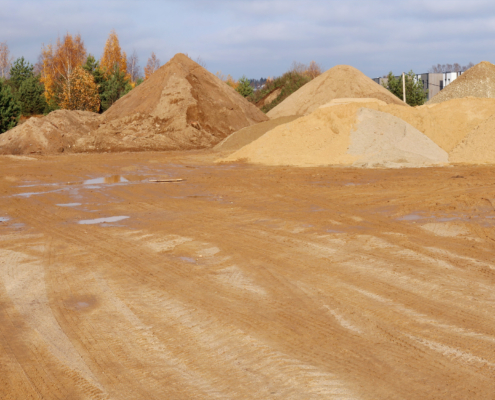 https://pontotocsandandstone.com/wp-content/uploads/2025/06/How-to-Choose-Between-Uncoated-and-Resin-Coated-Frac-Sand-for-Your-Operations.jpg
1250
2000
AbstraktMarketing
/wp-content/uploads/2021/08/Pontotoc-White-Logo.png
AbstraktMarketing2025-06-26 13:10:012025-09-07 16:22:16How to Choose Between Uncoated and Resin-Coated Frac Sand for Your Operations
https://pontotocsandandstone.com/wp-content/uploads/2025/06/How-to-Choose-Between-Uncoated-and-Resin-Coated-Frac-Sand-for-Your-Operations.jpg
1250
2000
AbstraktMarketing
/wp-content/uploads/2021/08/Pontotoc-White-Logo.png
AbstraktMarketing2025-06-26 13:10:012025-09-07 16:22:16How to Choose Between Uncoated and Resin-Coated Frac Sand for Your OperationsIdentifying 4 Key Components of Fracing
Fracing is a complex and technically demanding procedure, with its main components categorized into four key stages: preparation, injection, proppant placement, and fluid recovery. In this guide, we’ll examine these four components in depth, shedding light on how each contributes to the overall success of fracing operations and ensures that oil and gas can be safely extracted from deep within the earth’s crust.
1. Preparation: Laying the Foundation for Fracing
Thorough preparation is required before any fracing activity can begin. The first step in this process is drilling the well. Depending on the location and geological formations being targeted, the well can be drilled vertically, horizontally, or in a combination of both directions. The well must be drilled to the desired depth to reach the oil or natural gas reservoirs locked within the rock layers.
Drilling and Steel Casing
As the well is drilled, it’s crucial to maintain structural integrity. This is achieved by inserting a steel casing into the wellbore, which lines the drilled hole. The casing serves multiple purposes: it prevents the well from collapsing and protects the surrounding rock formations from contamination. Without the casing, the wellbore could collapse under the immense pressure of surrounding earth materials, creating hazardous conditions for workers and jeopardizing the entire operation.
Cementing for Well Integrity
Once the steel casing is in place, cement is pumped into the wellbore to fill the annular space, which is the gap between the casing and the surrounding rock. Cementing serves as a protective seal, preventing the migration of fluids between different rock layers and ensuring no leaks occur. Cementing also helps secure the casing firmly in place, safeguarding the well’s long-term integrity. This process is in place so that no oil, gas, or injected fluids can escape into underground water sources, an essential safety measure for every component of fracing.
Preparation is arguably the most important component of fracing because it sets the foundation for a safe and effective operation. Any oversight in this stage can lead to disastrous consequences, including well blowouts, groundwater contamination, or costly production delays.
2. Injection: Unleashing the Fracing Power
With the well drilled, cased, and cemented, the next component of fracing can move forward into its most recognizable phase: injection. This is the stage where hydraulic fracturing fluid is pumped into the well at incredibly high pressure. The goal is to create fractures in the rock formations surrounding the wellbore, providing pathways for oil and gas to flow.
Fracturing Fluid Composition
The fluid injected into the well typically consists of a mixture of water, sand, and chemical additives. Each component plays a critical role in the process. Water is the primary carrier, transporting the proppant into the fractures. Chemical additives are included to reduce friction, prevent bacterial growth, and dissolve minerals that may impede the fracing process.
High-Pressure Injection and Rock Fracturing
During this phase, high-pressure pumps force the fracturing fluid into the wellbore and out into the surrounding rock formations. The immense pressure exerted by the fluid creates fractures in the rock, often at depths of thousands of feet. These fractures, which can extend hundreds of feet from the wellbore, are essential for accessing the oil and gas trapped within tight rock formations, such as shale. Without this injection process, the hydrocarbons would remain locked within the impermeable rock, unable to flow freely.
Pontotoc Sand & Stone is proud to offer the best frac sand for all your operations. Discover our options.
3. Proppant Placement: Securing the Fractures
Proppant placement ensures that the fractures remain open, allowing oil and gas to flow through them once the pressure is released. The fracturing fluid carries proppants, typically sand or ceramic beads, into the fractures during the injection phase.
Types of Proppants
The most common proppant material is sand, due to its availability and cost-effectiveness. However, in certain situations, ceramic beads or other synthetic proppants are used. These proppants are specifically designed to withstand higher pressures and temperatures, so they maintain the structural integrity of the fractures even under the intense conditions found deep within the earth.
Proppant Functionality
As the high-pressure injection is halted, the fractures begin to close due to the natural pressure exerted by the surrounding rock. Without proppants, these fractures would close completely, effectively sealing off the pathways for hydrocarbons. The injected proppants, however, lodge themselves within the fractures, keeping them propped open, even after the pressure is released.
4. Fluid Recovery: Managing the Aftermath
Once the fracing operation is complete and the proppants are in place, the final stage begins: fluid recovery. A significant portion of the fracturing fluid, now referred to as flowback, is returned to the surface. This recovery process is big for managing environmental impact, regulatory compliance, and the continued performance of the well.
Flowback and Hydrocarbon Production
As the well begins to produce oil and gas, a portion of the fracturing fluid is recovered alongside the hydrocarbons. This flowback fluid often contains the same water, chemicals, and proppants that were injected during the fracturing process. However, the composition of the flowback fluid can change over time, as it may also include naturally occurring salts, minerals, and other substances found in the surrounding rock formations.
Reuse and Disposal of Flowback
Once at the surface, the flowback fluid must be managed by local and federal regulations. In some cases, the fluid can be treated and reused for future fracing operations, reducing the overall water consumption and environmental impact of the process. Alternatively, the fluid may need to be disposed of, typically in deep injection wells designed for this purpose.
Source Tier-1 Frac Sand From Pontotoc Sand & Stone Today
At Pontotoc Sand & Stone, we provide high-quality Tier-1 frac sand to support your fracing operations. Our reliable products allow optimal proppant placement for efficient energy extraction. We’re committed to delivering the finest materials to assist every component of fracing. Contact us today to experience consistent, industry-leading frac sand solutions.
Share This Post
More Like This
 https://pontotocsandandstone.com/wp-content/uploads/2025/06/How-to-Choose-Between-Uncoated-and-Resin-Coated-Frac-Sand-for-Your-Operations.jpg
1250
2000
AbstraktMarketing
/wp-content/uploads/2021/08/Pontotoc-White-Logo.png
AbstraktMarketing2025-06-26 13:10:012025-09-07 16:22:16How to Choose Between Uncoated and Resin-Coated Frac Sand for Your Operations
https://pontotocsandandstone.com/wp-content/uploads/2025/06/How-to-Choose-Between-Uncoated-and-Resin-Coated-Frac-Sand-for-Your-Operations.jpg
1250
2000
AbstraktMarketing
/wp-content/uploads/2021/08/Pontotoc-White-Logo.png
AbstraktMarketing2025-06-26 13:10:012025-09-07 16:22:16How to Choose Between Uncoated and Resin-Coated Frac Sand for Your Operations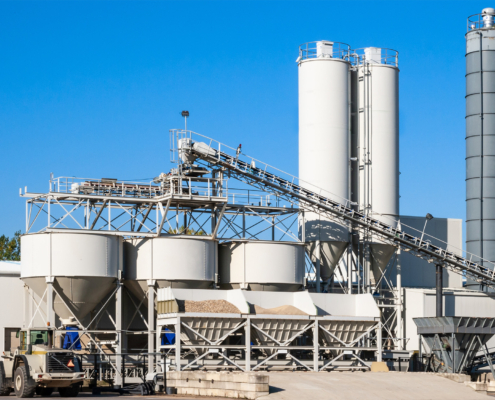 https://pontotocsandandstone.com/wp-content/uploads/2025/06/How-Frac-Sand-Storage-Affects-the-Quality-and-Efficiency-of-Your-Fracing-Operations.jpg
1250
2000
AbstraktMarketing
/wp-content/uploads/2021/08/Pontotoc-White-Logo.png
AbstraktMarketing2025-06-26 12:59:152025-09-07 16:22:16How Frac Sand Storage Affects the Quality and Efficiency of Your Fracing Operations
https://pontotocsandandstone.com/wp-content/uploads/2025/06/How-Frac-Sand-Storage-Affects-the-Quality-and-Efficiency-of-Your-Fracing-Operations.jpg
1250
2000
AbstraktMarketing
/wp-content/uploads/2021/08/Pontotoc-White-Logo.png
AbstraktMarketing2025-06-26 12:59:152025-09-07 16:22:16How Frac Sand Storage Affects the Quality and Efficiency of Your Fracing Operations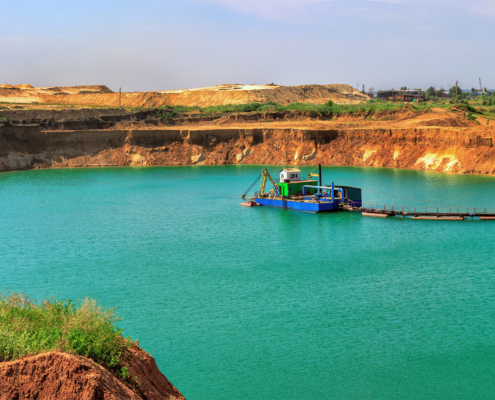 https://pontotocsandandstone.com/wp-content/uploads/2025/05/Reasons-Why-Locally-Sourced-Frac-Sand-Saves-You-Time-and-Money.jpg
1250
2000
AbstraktMarketing
/wp-content/uploads/2021/08/Pontotoc-White-Logo.png
AbstraktMarketing2025-05-29 18:31:122025-09-07 16:22:17Reasons Why Locally-Sourced Frac Sand Saves You Money and Time
https://pontotocsandandstone.com/wp-content/uploads/2025/05/Reasons-Why-Locally-Sourced-Frac-Sand-Saves-You-Time-and-Money.jpg
1250
2000
AbstraktMarketing
/wp-content/uploads/2021/08/Pontotoc-White-Logo.png
AbstraktMarketing2025-05-29 18:31:122025-09-07 16:22:17Reasons Why Locally-Sourced Frac Sand Saves You Money and Time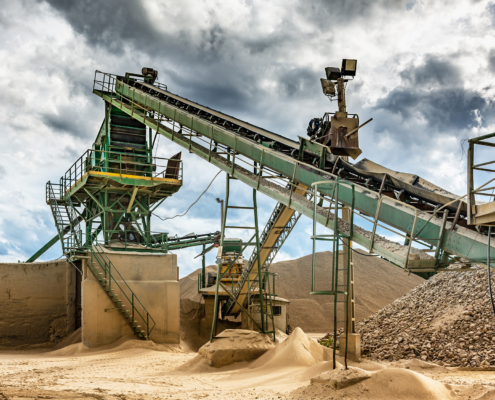 https://pontotocsandandstone.com/wp-content/uploads/2025/05/How-to-Balance-Performance-with-Environmental-Responsibility.jpg
1250
2000
AbstraktMarketing
/wp-content/uploads/2021/08/Pontotoc-White-Logo.png
AbstraktMarketing2025-05-29 18:25:382025-09-07 16:22:17The Role of Frac Sand in Tight Oil Reservoirs: Key Considerations
https://pontotocsandandstone.com/wp-content/uploads/2025/05/How-to-Balance-Performance-with-Environmental-Responsibility.jpg
1250
2000
AbstraktMarketing
/wp-content/uploads/2021/08/Pontotoc-White-Logo.png
AbstraktMarketing2025-05-29 18:25:382025-09-07 16:22:17The Role of Frac Sand in Tight Oil Reservoirs: Key Considerations https://pontotocsandandstone.com/wp-content/uploads/2025/05/The-Role-of-Frac-Sand-in-Tight-Oil-Reservoirs-Key-Considerations.jpg
1250
2000
AbstraktMarketing
/wp-content/uploads/2021/08/Pontotoc-White-Logo.png
AbstraktMarketing2025-05-22 13:20:582025-09-07 16:22:17The Role of Frac Sand in Tight Oil Reservoirs: Key Considerations
https://pontotocsandandstone.com/wp-content/uploads/2025/05/The-Role-of-Frac-Sand-in-Tight-Oil-Reservoirs-Key-Considerations.jpg
1250
2000
AbstraktMarketing
/wp-content/uploads/2021/08/Pontotoc-White-Logo.png
AbstraktMarketing2025-05-22 13:20:582025-09-07 16:22:17The Role of Frac Sand in Tight Oil Reservoirs: Key Considerations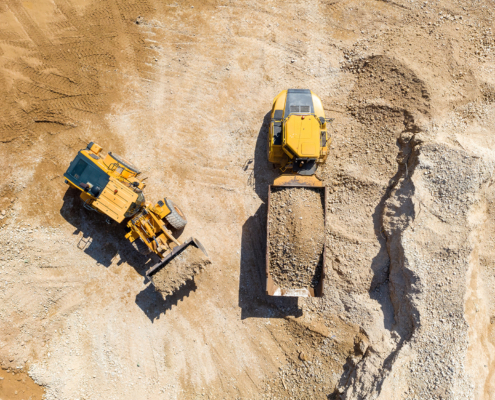 https://pontotocsandandstone.com/wp-content/uploads/2025/05/Frac-Sand-101_-Everything-You-Need-to-Know-Before-Buying.jpg
1250
2000
AbstraktMarketing
/wp-content/uploads/2021/08/Pontotoc-White-Logo.png
AbstraktMarketing2025-05-01 19:15:102025-09-07 16:22:18Frac Sand 101: Everything You Need to Know Before Buying
https://pontotocsandandstone.com/wp-content/uploads/2025/05/Frac-Sand-101_-Everything-You-Need-to-Know-Before-Buying.jpg
1250
2000
AbstraktMarketing
/wp-content/uploads/2021/08/Pontotoc-White-Logo.png
AbstraktMarketing2025-05-01 19:15:102025-09-07 16:22:18Frac Sand 101: Everything You Need to Know Before Buying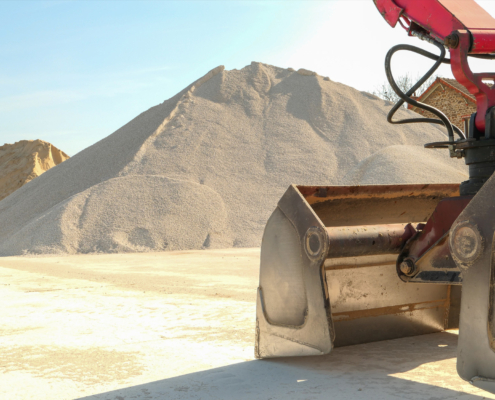 https://pontotocsandandstone.com/wp-content/uploads/2025/04/The-Role-of-Fracing-Efficiency-in-Maintaining-Your-Operations.jpg
1250
2000
AbstraktMarketing
/wp-content/uploads/2021/08/Pontotoc-White-Logo.png
AbstraktMarketing2025-04-03 12:13:132025-09-07 16:22:18The Role of Fracing Efficiency in Maintaining Your Operations
https://pontotocsandandstone.com/wp-content/uploads/2025/04/The-Role-of-Fracing-Efficiency-in-Maintaining-Your-Operations.jpg
1250
2000
AbstraktMarketing
/wp-content/uploads/2021/08/Pontotoc-White-Logo.png
AbstraktMarketing2025-04-03 12:13:132025-09-07 16:22:18The Role of Fracing Efficiency in Maintaining Your Operations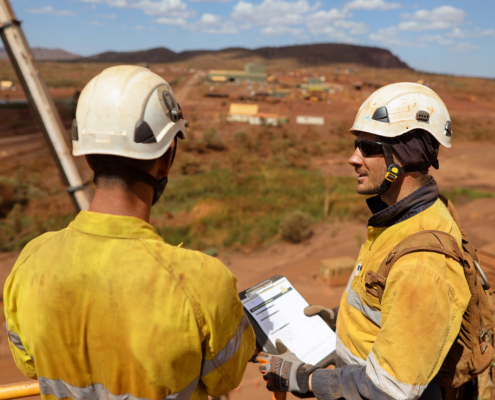
The Complete Frac Sand Supplier Checklist: Your Guide to Evaluating Potential Partners
Tier 1 Frac Sand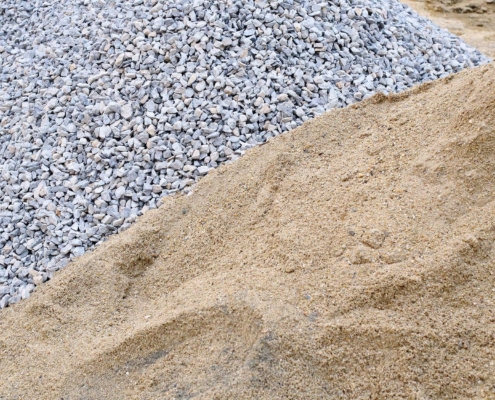 https://pontotocsandandstone.com/wp-content/uploads/2025/02/Side-view-piles-sand-and-gravel-for-construction.jpg
1250
2000
AbstraktMarketing
/wp-content/uploads/2021/08/Pontotoc-White-Logo.png
AbstraktMarketing2025-02-20 19:23:182025-09-07 16:22:18Why Partnering with a Reliable Frac Sand Supplier is Critical for Your Success
https://pontotocsandandstone.com/wp-content/uploads/2025/02/Side-view-piles-sand-and-gravel-for-construction.jpg
1250
2000
AbstraktMarketing
/wp-content/uploads/2021/08/Pontotoc-White-Logo.png
AbstraktMarketing2025-02-20 19:23:182025-09-07 16:22:18Why Partnering with a Reliable Frac Sand Supplier is Critical for Your Success